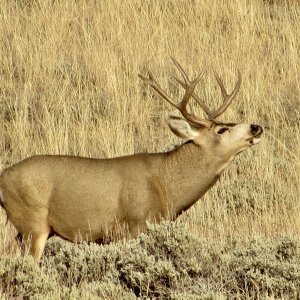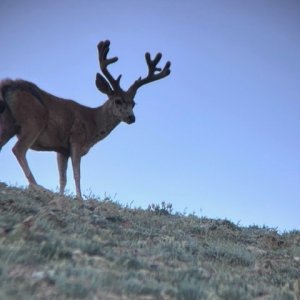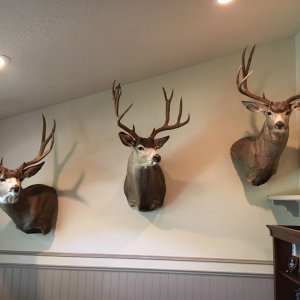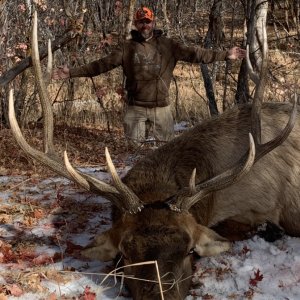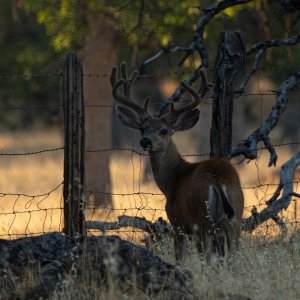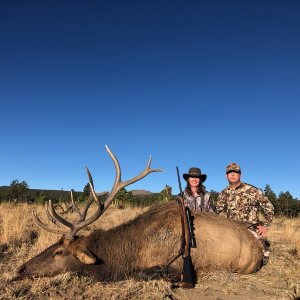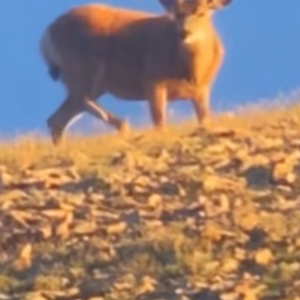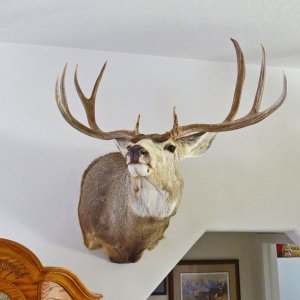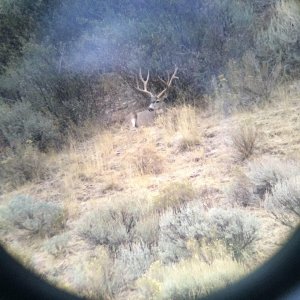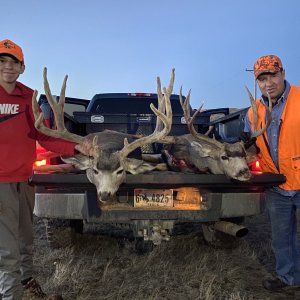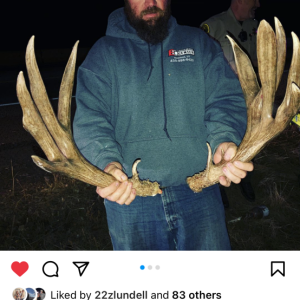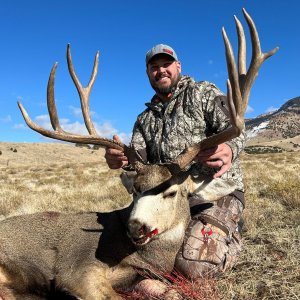If the Idaho Department of Fish & Game is so committed to their Mule Deer Initiative (MDI) and how they are going to "Improve Mule Deer populations and hunter satisfactions across Southern Idaho"
Why do they continue to increase the number of Mule Deer doe tags each year? Last year, for Southern Idaho there were 4,900 antlerless tags, this year antlerless tags are up to 5,250.
Can anyone explain how killing more does each year, helps the Mule Deer populations?
Greg
Why do they continue to increase the number of Mule Deer doe tags each year? Last year, for Southern Idaho there were 4,900 antlerless tags, this year antlerless tags are up to 5,250.
Can anyone explain how killing more does each year, helps the Mule Deer populations?
Greg

